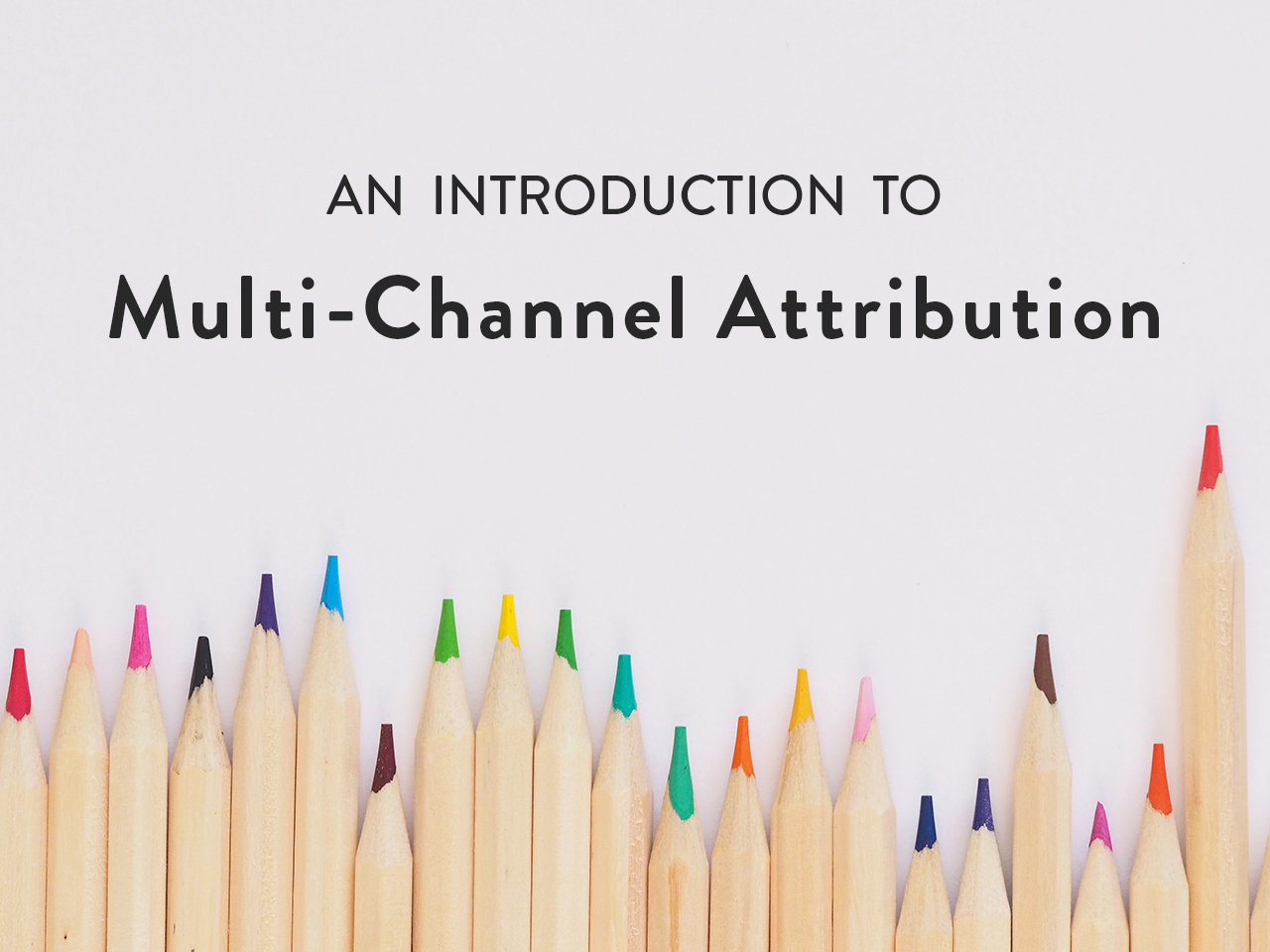Imagine, for a moment, that you’re eating in a restaurant. You’ve passed by this restaurant a few times – plus they’ve been advertising in your neighborhood and on social media – and after a couple of months, you finally decided to eat there. You order a veggie burger, and it’s pretty delicious. The decor is lovely. The waiter serves you quickly, and you tip them well. You leave the place a good review on Yelp.
So, who gets credit for the review?
Is it the chef, who made the meal? Or the waiter you tipped 20 percent? Or the advertisements that brought you there? Or the interior decorator who created the ambiance in the restaurant? Or the restaurant’s social media manager for catching your eye on Facebook? Or the owner of the restaurant who oversees the whole operation?
When you break it down, to some respect, everyone deserves some sort of credit. It’s the sign of a well-oiled machine, where all the gears are working together to create a final product (in this case, a pleasant atmosphere surrounding a nice meal).
In digital marketing, multi-channel attribution works much the same way. When your business gains a new customer, if your only analytics source is the last click-through to your site, you would (often wrongly) believe that said click was the only reason they bought something from you. You would be blind to the myriad ways they may have first heard about your business.
That’s where multi-channel attribution is important. Multi-channel attribution assumes a certain percentage of credit belongs to each marketing effort that someone saw before finding your product and allows you to see the channels that are fueling your lead generation efforts.
First: What is multi-channel attribution?
To best understand multi-channel attribution, it helps to imagine a customer’s journey.
To translate the restaurant metaphor above, let’s say someone searches for “SEO marketing agency” on Google and sees your Adwords ad but doesn’t click it. Days later, they see your banner ad when reading the New York Times. A week after that, they see a post you boosted on Facebook. The following month, once they finally have the time and extra money to devote to an SEO firm, they remember your brand, search for it, click on an organic link and sign up from there.
In a typical attribution model, “last interaction” would indicate that your organic search channel should get 100 percent of the credit for this sale. But in reality, it was a combined effort over time.
Image Credit: BrightFunnel
In reality, there may be billboards and word of mouth involved, too, but because of the nature of marketing, we simply may never know the whole picture. So we’re limiting our analysis to the digital marketing sphere for now.
What are the types of multi-channel attribution?
If you’re looking for an alternative model to “last interaction,” there are several often used. There are others that attribute 100 percent of the credit to a single channel. Those three are:
- Last Adwords click is a sometimes useful model that, like “last interaction,” assigns 100 percent of the credit to the most recent Adwords campaign that your customer clicked before filling out a form, downloading a resource or making a purchase. If you want to determine which Google ad makes the strongest impression, this is valuable.
- Last non-direct click is a standard Google Analytics model, which gives conversion credit to the last channel clicked from, be it social, email or organic. It’s typically broader, but easier to understand.
- First interaction is, as the name implies, the opposite of “last interaction” – which is to say, wouldn’t the first impression someone has of your brand be the most important? If you want to see where your customers first discover you, this is also a useful method and can help you start building out your customer journeys more clearly.
And then there are three more models that take a more nuanced approach. Rather than attributing all the credit to a single channel, they distribute it evenly among multiple channels.
- Linear attribution gives equal weight to every interaction a customer had before they made a purchase. It’s rarely accurate, as it’s unlikely that someone would be as influenced by a banner ad as a social campaign or Google search result, but it’s good for highlighting all the ways in which people might discover your brand.
- Time decay is interesting, in that it assigns a higher value to more recent customer interactions. For example, if someone saw three of your digital ads, the most recent might get 50 percent of the credit, while the one before might get 30 percent, then 20 percent for the first one. It assumes – with some justification – that repetition is the strongest way to convince someone to buy something.
- Position-based is the final model. It lets you assign particular amounts of credit to certain channels – Google Analytics’ default is 40 percent to the first and last interactions, and 20 percent divided among interactions in between. Typically, the first and last impressions should be the most impactful, so there’s some logic behind this; however, you can tweak this and create your own model based on your data.
Which attribution model is right for you?
The smartest course of action is to create your own attribution model using your own historical data. This will require a few months, or even years, of information to cull and learn from, but once you’ve established your customers’ buying patterns, you can better understand where people are dropping off in your funnel. For a B2B just beginning to build out a multi-channel attribution model, Google Analytics is a great place to get started.
If you want to spend money wisely – and make it efficiently – then establishing a unique and comprehensive multi-channel attribution model is a critical step.
